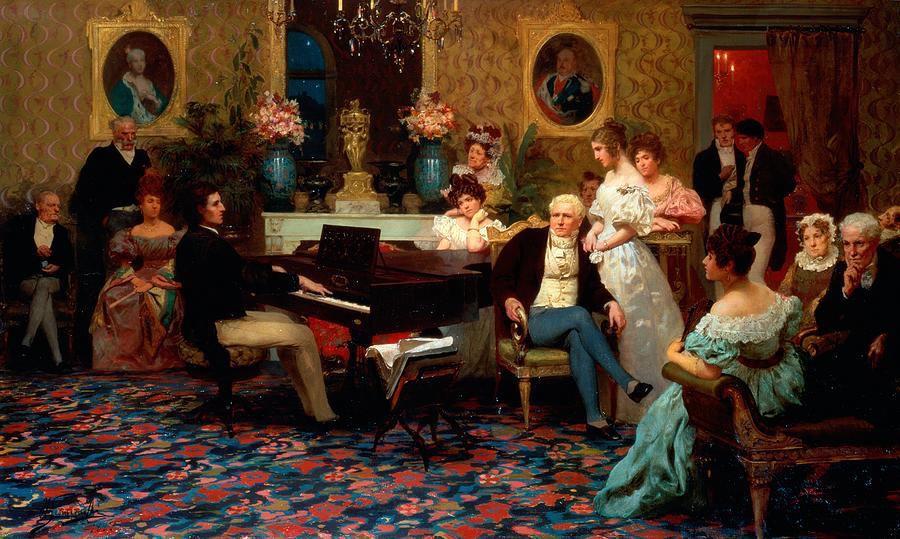
What is Chopin’s B Minor Sonata? What constitutes its identity? Not the fact that it’s part of Chopin’s conscious experience, because it continues to exist after his death. And not the fact that it’s part of any listener’s experience, because it continues to exist when those experiences have ended. It can’t be identified with any particular performance, and it’s different from its score, since the sonata is a sounding work and the score is an arrangement of graphic signs.
If the sonata is not material, and if it’s different from the experience of both the composer and the listener (in fact, it continues to exist if no one takes any conscious interest in it at all), how can it exist? How do we discern the same “original” work in a hundred different performances?
Is the sonata an ideal object, immutable and atemporal, like a mathematical concept? Well, no, because Chopin created it at a particular time. Perhaps there is no sonata, only individual performances? But then there’d be no sense in distinguishing a performance from the work itself, or in talking about the identity of a work (“Chopin’s B Minor Sonata”), or in arguing over whether a given performance was faithful to the original.
“For what is the point of saying that one performance rather than another gives a more nearly accurate account of the B Minor Sonata when the sonata does not in fact exist and when there is nothing real with which these performances may be compared?” asks philosopher Roman Ingarden. “Are we really going to agree that such judgments concerning the sonata itself and its performances are all false and stupid?”
(Roman Ingarden, The Work of Music and the Problem of Its Identity, 1986.)
